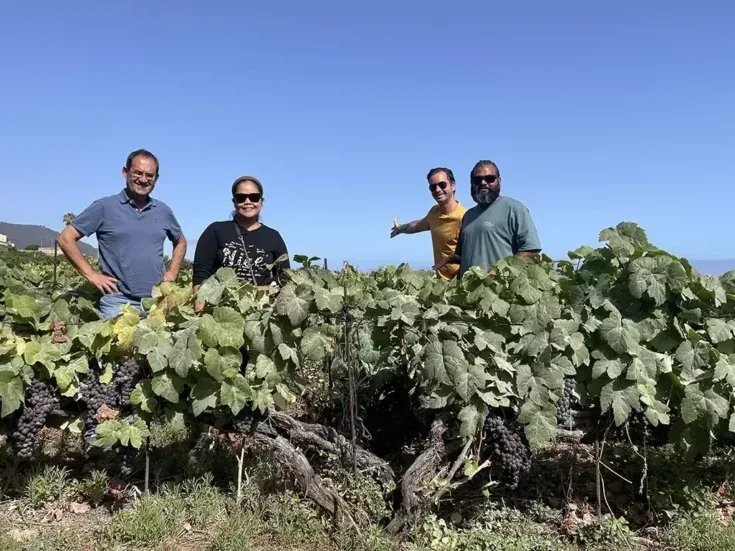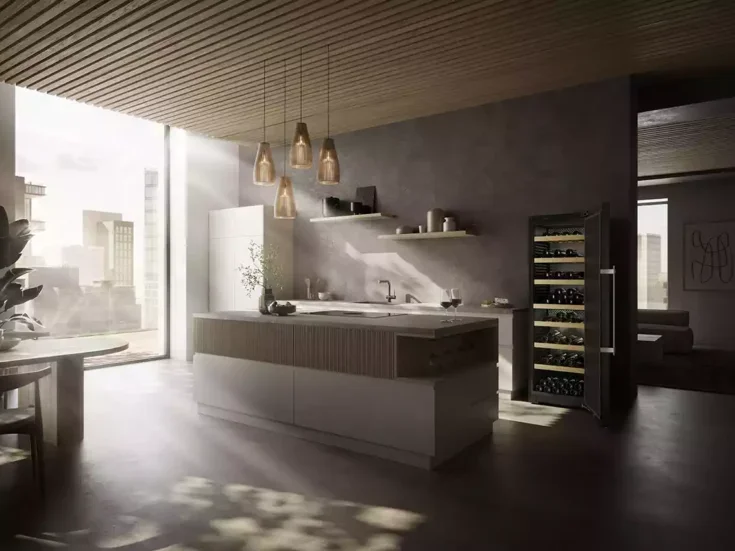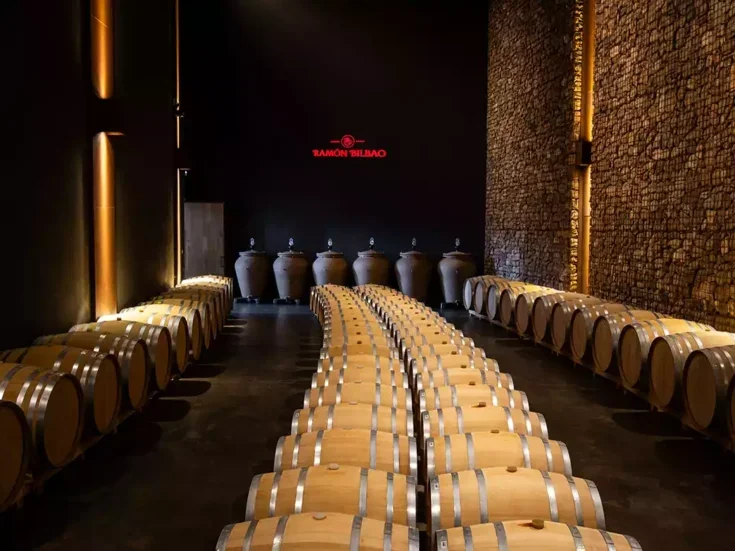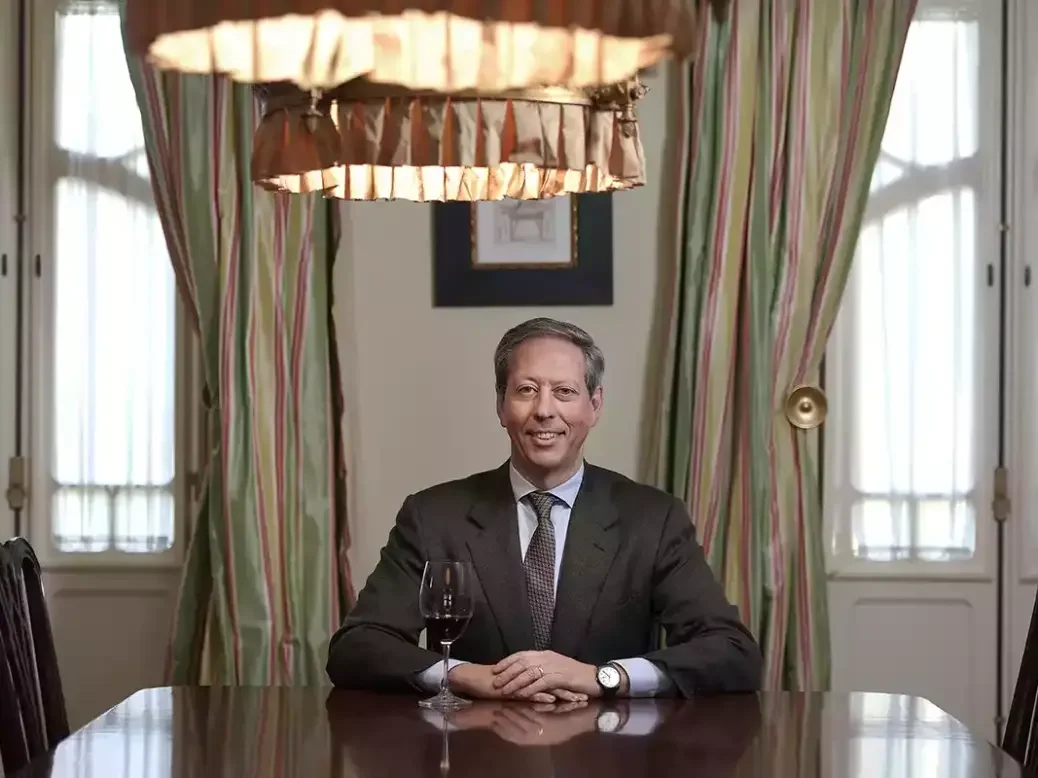
With more than 150 years of history, Amorim Cork is the world leader in cork stoppers. Looking ahead, what are some of the key priorities and initiatives for the near future?
António Amorim (ARA): Most of the initiatives that we have for the near future will emphasize some all-important topics where wine and cork intersect and the latter bring a robust contribution from a technical performance point of view, from a premium image point of view, and from a sustainable perspective. We have spent the last 20 years taking care of the faults that cork could bring to the wine, and I think we’ll be spending the next 20 years reemphasizing the value and the add-on that cork can bring to wines. (..) In addition to this, issues like anticounterfeiting measures for wine and spirits, where the cork stopper could be a key player, the sustainability status of wines sealed with cork, and those new products that will facilitate the convenience elements of the stopper. So those are for us the starting points that allow us to look at the future with a very bright perspective.
In general terms, how do you see the wine market today in terms of different segments?
ARA: I think that we have some challenges ahead of us. Clearly wine consumption is not growing globally,people probably are drinking less, but drinking better. I think that good quality wines and the most iconic wines will continue to do very well, but we need to make wine more attractive for younger consumers, and participating in that market segment is absolutely critical today. And I’m sure that with all the work being done by the most important players in the market, we will bring people to look at wine with a new, bright perspective for the future. With sparkling wines, I believe it’s different. I think that this segment is enjoying some positive growth, it is basically everywhere.
What role will the current leading wine regions play in the future?
ARA: I believe that some of the relevant terroirs that we have today, like Burgundy, Bordeaux, California, some of the Italian wines, will even emerge further. But other regions will also emerge, and we see that more and more, people are looking to plant on altitude -that’s happening in South America, but also in Europe – to search for freshness.
How do you think the change in the type of consumption will specifically affect the fine wine segment?
ARA: Wine is an aspirational product. I believe that the fine wine segment, because it’s rare, scarce, but iconic, will continue to attract new consumers. And when we’re talking about wine and sustainability in wine, we’re not only talking about the economic, environment and social elements, we must include the cultural element too. Knowing about the most relevant wine brands, being able to share them with friends… I think it reveals that you really have a true passion and generosity when you share some of the best wines in the world with friends. So, I believe that the fine wine segment can only grow in the future, and I think this is of course a great opportunity for cork. Because cork, with its true intrinsic characteristics, also endorses a premium image to the wines that we have the responsibility to seal.
In addition to the technical superiority and the sustainable credentials of cork stoppers that you mentioned,there is a third layer perhaps more cultural or emotional, which brings added value to cork. How would you describe this “cork factor”?
ARA: The cork factor is something that brings tradition, a premium image, and most importantly, performance to a wine. The Château Margaux of 2000 is bottled in 2002, but all the wine critics say, it’s better to drink it after 2008. What has happened in those six years inside that bottle, that made the sensory perception be better in 2008 then in 2002? Cork plays a role there. And of course, there is a final element which is the sustainability credentials of cork. I believe this is clearly a growing feature in the world of wine.
By the way, we know that that you’re a real wine lover, so what are your main preferences and what kind of wines do you have in your wine cellar?
ARA: Like all of us, of course I have a particular preference for great wines, probably white Burgundy being one of my top picks. But I think that all the great wine regions in the world produce outstanding wines, so it also depends on the moment. The more I buy, the more I find out, the more I want to know about wines. So,this can be a wonderful, never-ending story.
Amorim Cork sells more than 6 billion cork stoppers annually, in 90 countries. What role does the company play in educating and advocating for the benefits of cork as a sustainable and premium solution for wines?
ARA: We have been doing our homework for the last 25 years. We have created our own R&D teams, we have developed new types of cork, and created new technologies that allowed us to improve not only the performance, but also to introduce different cork typologies. What we would like to do from now on, is really trying to make evidence of the true intrinsic advantages, the value that cork can add to wines.
In your perspective, what are the unique features of cork that make it a truly ideal choice for wine compared to other closures?
ARA: I think it always comes down to three factors. First, performance. How can my wine evolve with the cork, do I have the same result using an artificial closure? Of course not. Second point: premiumization: the best wines in the world use cork. If cork is the best closure for the best wines in the world, it’s certainly the best closure for other types of wine in the world. And the third element is sustainability. For each ton of corkproduced there is 73 tons of CO2 captured. This is absolutely unique, especially because we never cut down a cork tree.
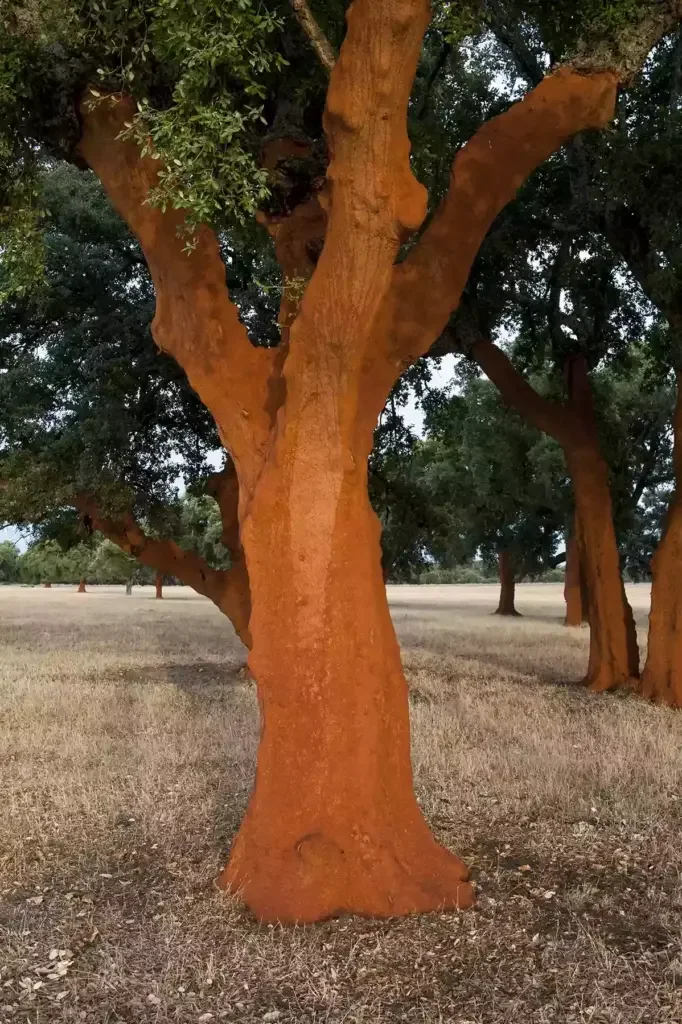
Regarding the forest research and cork production what measures are being implemented?
ARA: We think that the future of cork is a very bright one, with so many credentials I believe that our market can only grow. So today we are tackling the supply side, researching the cork oaks that can better resist to climate change, grow faster and give better quality cork. We are eventually studying the clonal selection as it has been done with olive trees, and with vines in general. We are scaling them up, we are creating our own nurseries and of course we are planting. Alone, this year, we have planted more that 300,000 cork trees. We have a plan to plant over five years 1.5 million cork trees. In time, this will bring more raw material, but also more carbon capture.
Amorim cork has developed some of the most groundbreaking technologies in the cork industry, including specific innovations for natural whole cork stoppers such as NDtech and Naturity, which made a significant contribution to win the battle against TCA and other off flavors. Going forward, how will you keep Amorim ahead in terms of innovation and R&D?
ARA: Well, when you are the leader of an industry you really need to lead. If you don’t lead, the risk of becoming second or third is huge. Innovation ad R&D are clearly the ways that will allow us to continue to move forward, stay focused on the scientific facts for the added value that cork can bring to a bottle of wine. Until now we have looked at the negatives of cork, which we have dealt with. Now we need the conversation to include the positives of cork, and how we bring additional value to wine. Of course, technology for us is absolutely crucial. The introduction of machine learning, AI is absolutely key. By the end of 2024, all the natural cork sorting machines that we have will be equipped with machine learning. Once again: this approach to R&D will not stop.

